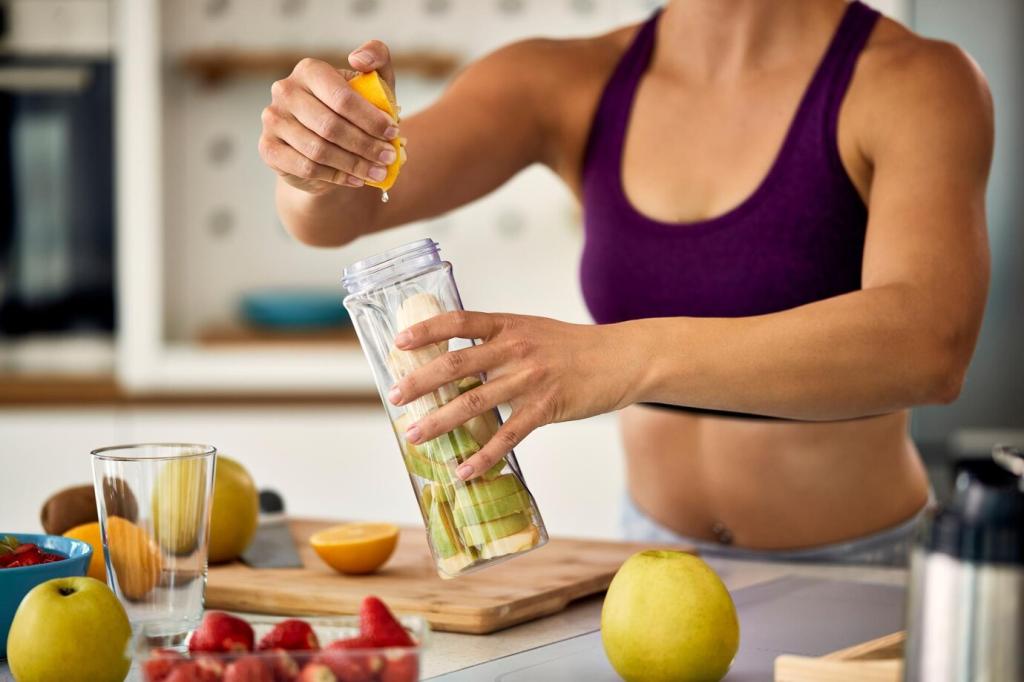Measuring Your Hydration Status
Weigh yourself before and after workouts. Each kilogram lost is roughly one liter of fluid. Replace 125–150% of that loss to account for continuing sweat and urine after you finish training.
Measuring Your Hydration Status
Aim for pale straw color most of the day. Dark or low volume suggests you owe your body fluids and electrolytes. Track trend lines, not single moments, for a clearer hydration picture.


